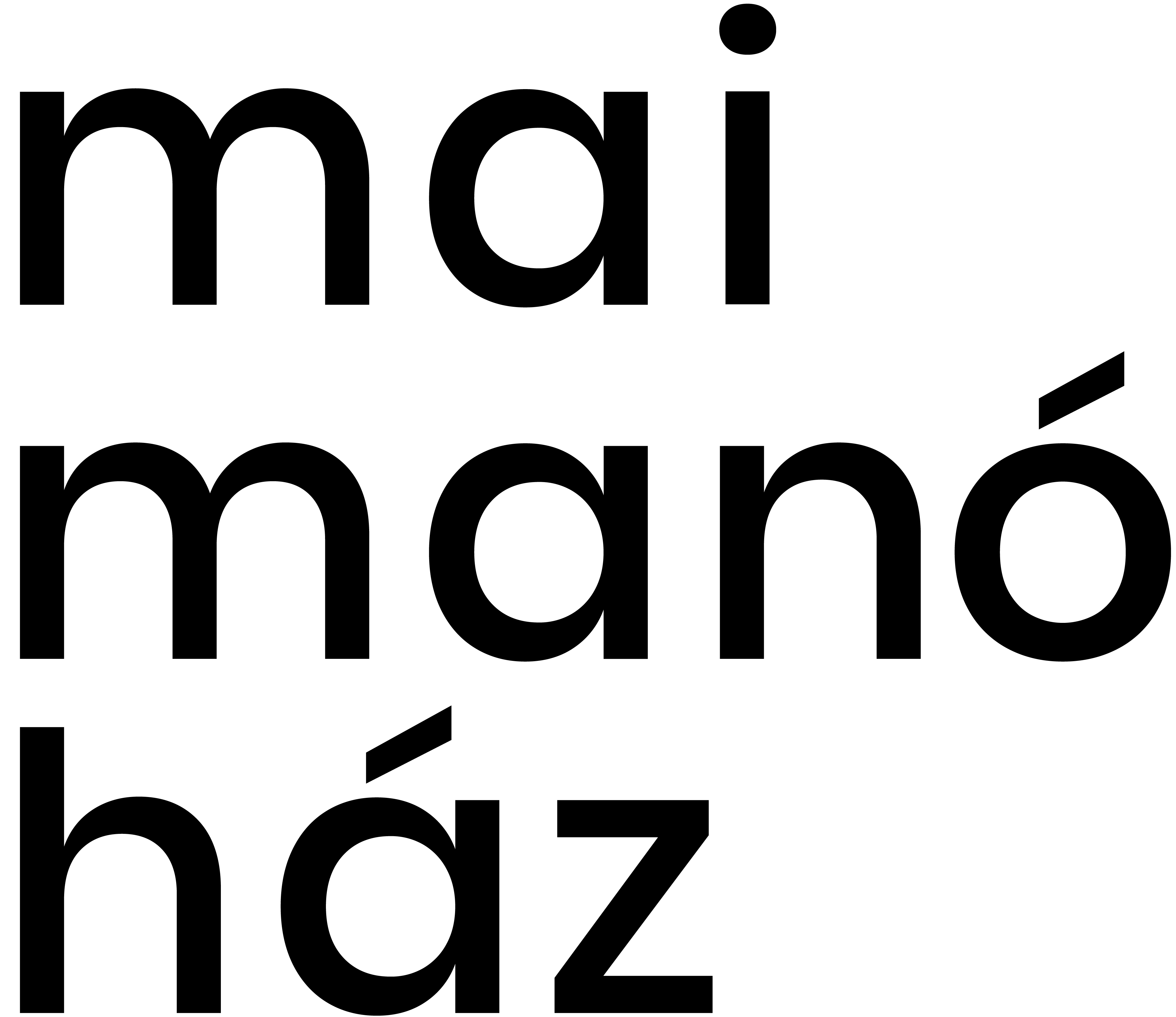Exhibition of Lajos Hauer
Curator: Iván BOJÁR
Open to the public:
April 22 – June 26, 2016
on Weekdays: 14.00 - 19.00
at Weekends 11.00 - 19.00
Lajos Hauer’s exhibition has no title. There are no captions either as the images depict themselves. They communicate as images and, therefore, captions are not needed to interpret the photos. There are no dates either as the time the pictures were taken at does not carry any additional piece of information. Lajos Hauer is not a member of any photography organization.
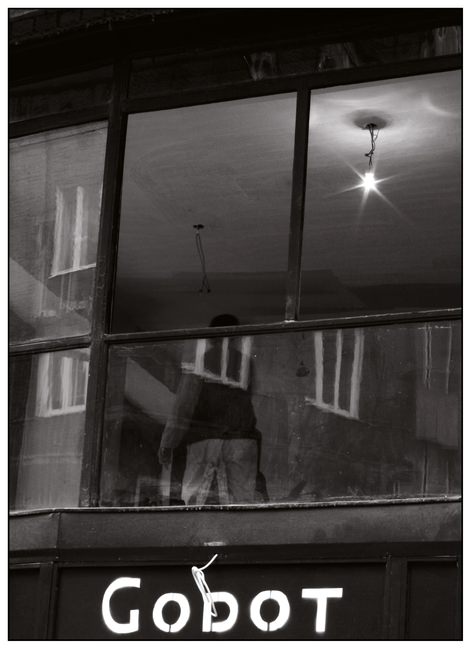
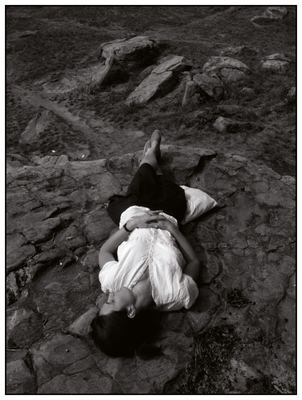
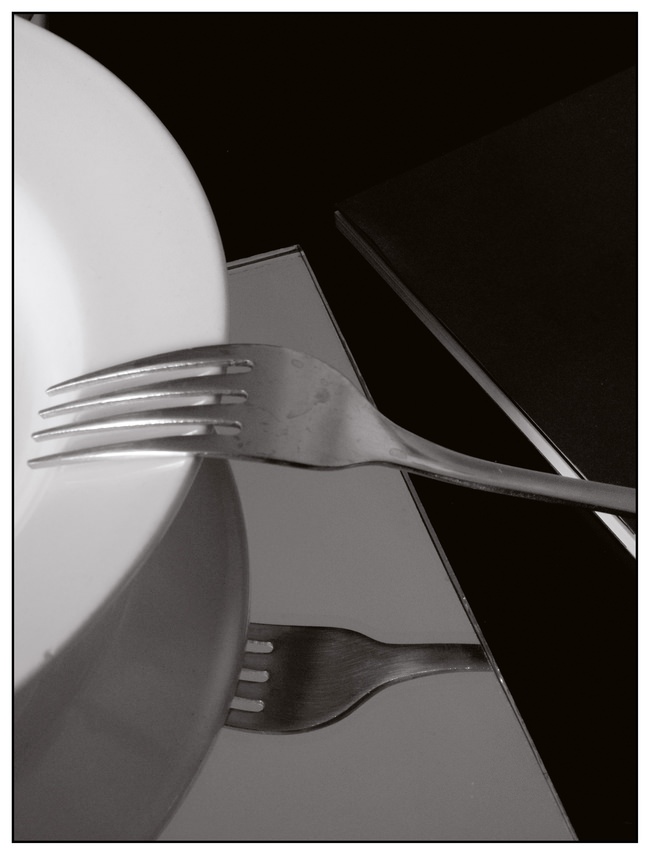
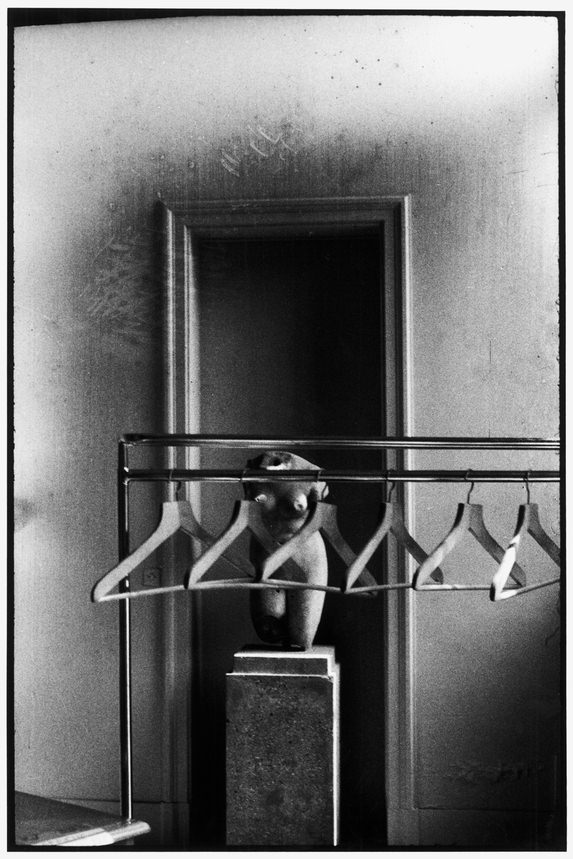
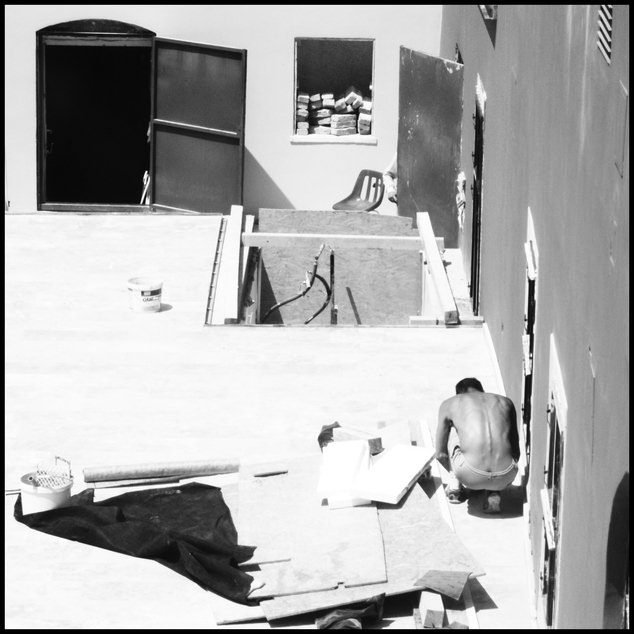
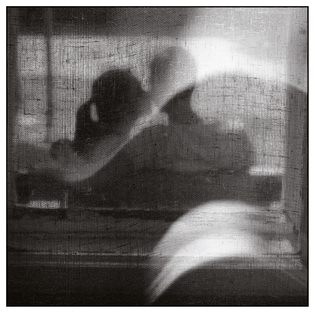
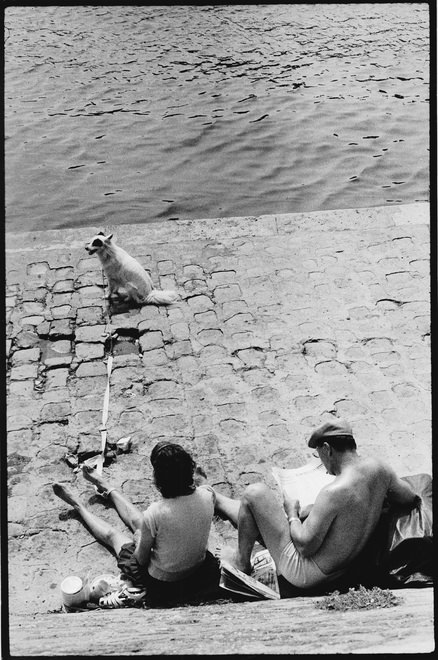
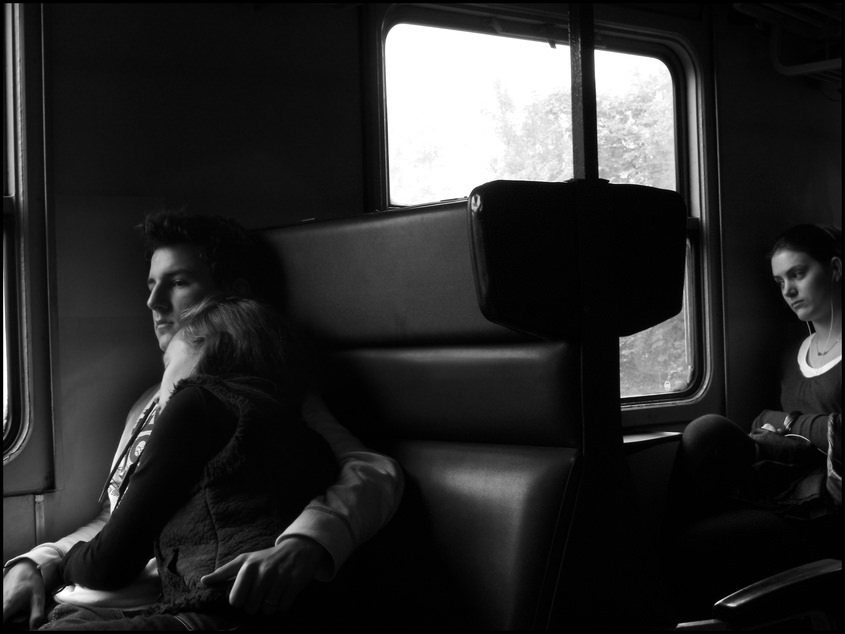

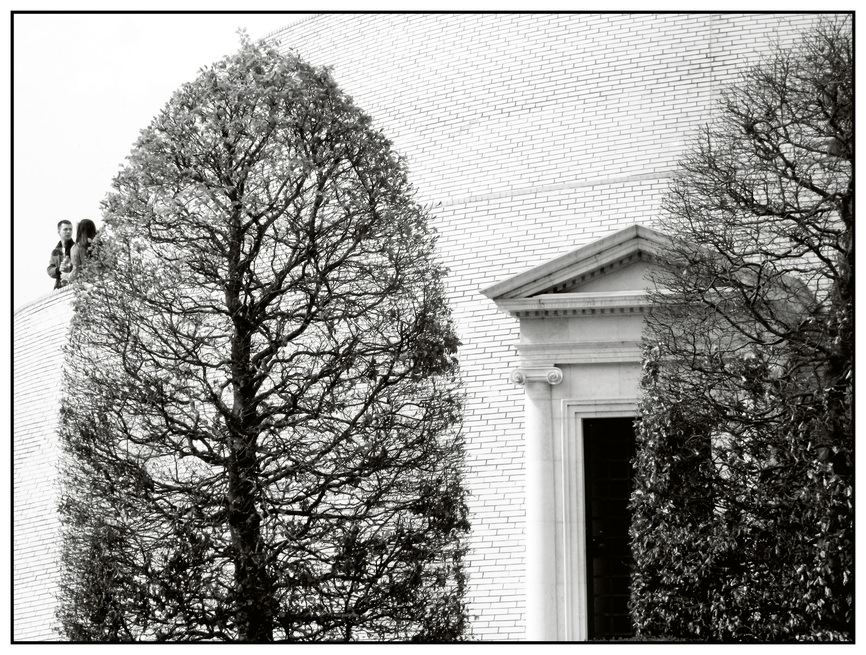
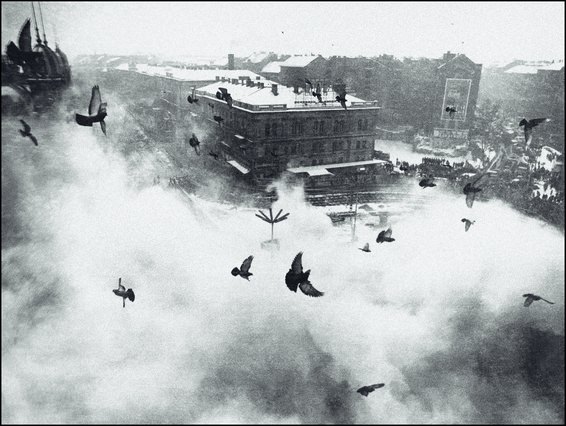
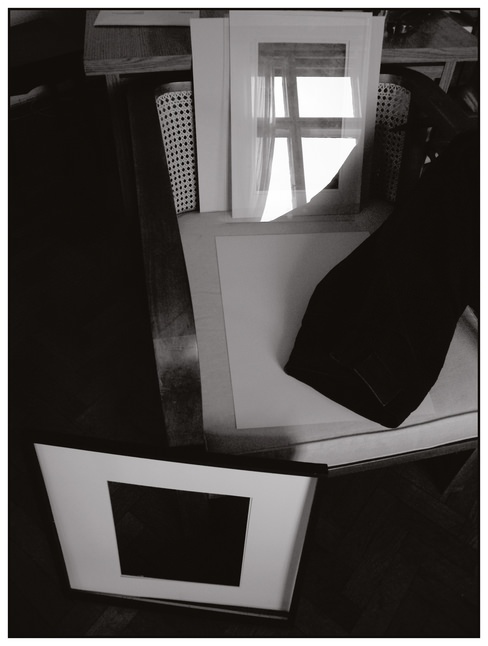
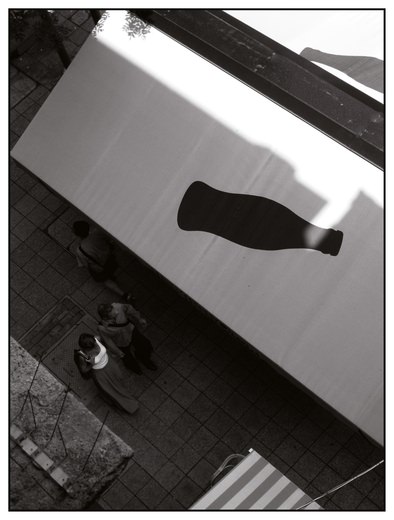
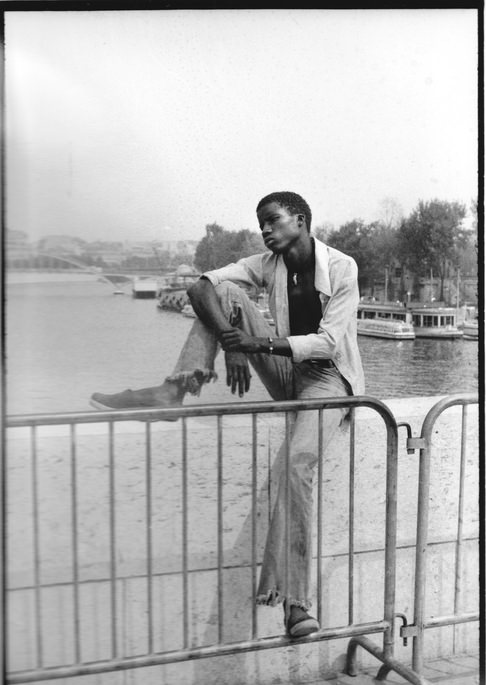
Since he turned his back on photojournalism, he has not been kept tally on outside of the world of photographers. This is all wrong but understandable. Hauer is an introvert person and artist who considers photography not as a profession but as the most private matter. This exhibition brings us us to a private person’s personal affairs. No mannerisms, no posing, only the subsequent observations of the curator. There is no concept or decision behind it, it just is. Lajos Hauer takes photographs. Images with a camera. His photos primarily exist in relation to themselves. They are autonomous. Obviously, given there is no connection between the majority of the images exhibited here other than their creator being the same person. Their subject, the technique they were taken with, their circumstances, their mode of expression – all different. Hanging side by side, they can possibly be linked to each other by some sort of similarity in form, rhythm, or tone. Some only turned out to be a good match during the organization of the exhibition. Supposedly so, because the images which had a wish to be born – after the photographer Hauer had realized their inherent desire to come to life – were created from their inner logic, the ‘categoricus imperativus’ of the will to be. The force of Kunstwollen comes from the image and not the artist; he is the medium contributing to the creation of the image. The spectacle was there well before Hauer captured it. While the photographer, who works in and with images, wanders around, goes to the market, travels back home from the country, turns into a street, looks out of his apartment’s window for the ten-thousandth time, he perceives images. He does not see the images, per se, but recognizes that they are there. And when he has his camera with him, he takes a photograph of these images. He captures them. And, since every street corner, wall segment, nodding neck, fluttering curtain, or light-beam brushing the glass differs from each other, his pictures are also diverse. The things of the world are manifold. The things of the world do not always have anything to do with each other. There is, however, something inherently common to the great variety of worldly phenomena. When the photographer Lajos Hauer ponders about the matters of the world, just like the haiku-master of condensing words, he himself is satisfied with the very least: depicting a part of the world he takes an interest in. His best images – in which he finds this ‘very least’ – open never before known feelings and spaces. Hauer’s pieces are profound because their creator is of such disposition. If you wish to find a connection with Hauer’s images, let yourself be with them and approach insignificant things of the world with the same interest and care as the photographer does. Then you will find a mountain of important things about the world.
(Iván Bojár)
